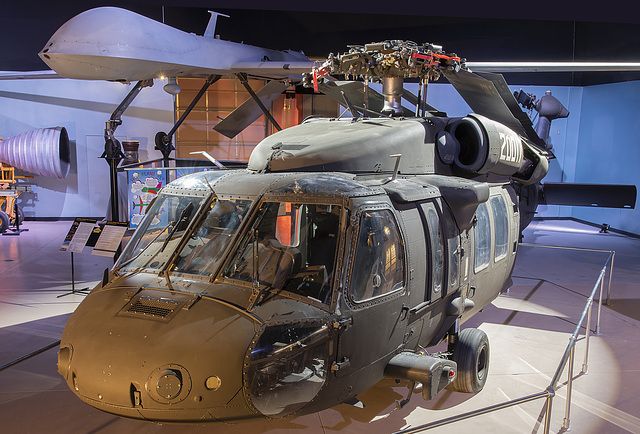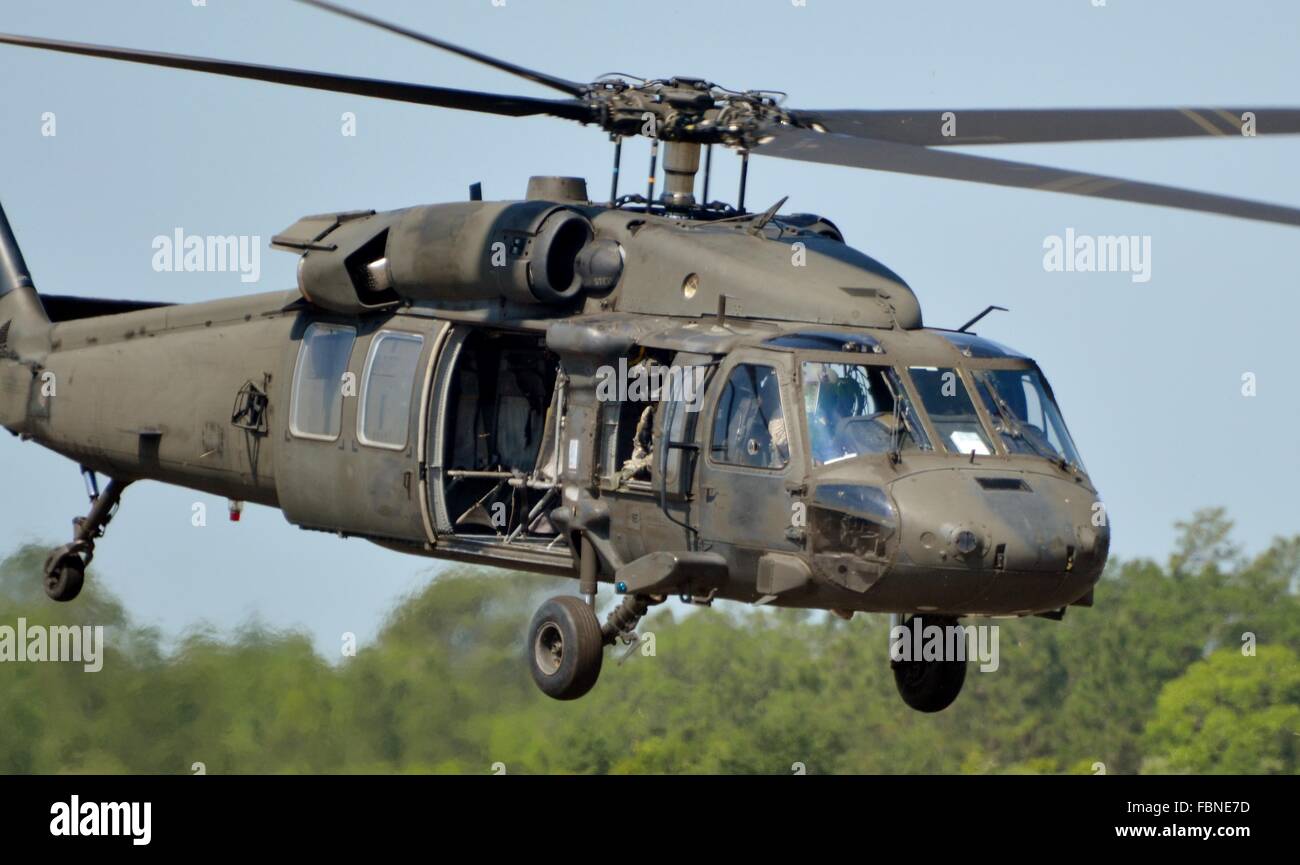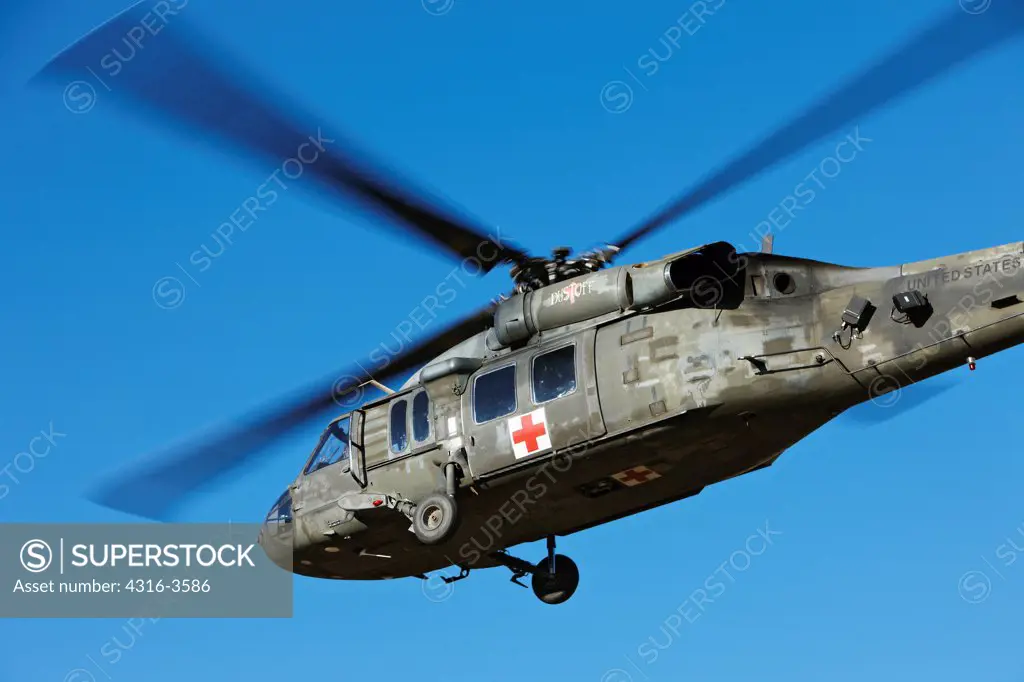UH 60 Black Hawk Pilot Training: What You Required to Know
UH 60 Black Hawk Pilot Training: What You Required to Know
Blog Article
Recognizing the Role and Importance of Different UH60 Components in Aeronautics Workflow
In the complex globe of aeronautics procedures, every component of a UH60 helicopter plays an important role in making sure safe and effective flights. As we discover the significance of the rotor system, engines, avionics, transmission system, and landing gear in UH60 procedures, a deeper gratitude for the harmony of these aspects emerges, losing light on the intricacies that underpin the air travel market's dedication to precision and dependability.
Rotor System
The blades system, a vital part in helicopter design, plays an essential role in giving lift and directional control during trip. Containing the main blades and tail rotor, this system is accountable for generating the required wind resistant forces to maintain the helicopter airborne and maneuverable. The major rotor, commonly situated above the helicopter, is the primary source of lift. As the rotor blades turn, they produce a pressure difference in between the top and bottom surface areas, enabling the helicopter to get over gravity and ascend into the air.
Moreover, the main rotor additionally allows the helicopter to move in various directions by turning the rotor disc. By changing the angle of the rotor blades jointly, pilots can regulate the helicopter's forward, backwards, and sidewards motions. In comparison, the tail rotor, positioned at the tail end of the helicopter, neutralizes the torque created by the main blades's rotation, guaranteeing the helicopter remains balanced and can make regulated turns. With each other, these blades parts create an innovative system that makes it possible for helicopters to carry out a vast array of flight maneuvers effectively and securely.

Engines
In aviation operations, the correct functioning of engines is critical to complementing the rotor system's wind resistant capabilities in helicopters. The UH60 helicopter is equipped with 2 General Electric T700-GE-701D engines, each supplying 1,890 shaft horsepower. These turboshaft engines are essential elements that power the major rotor transmission, tail rotor system, and various other important helicopter systems. The engines play an essential role in creating the required power to lift the aircraft, manage its flight, and ensure a risk-free procedure.
The integrity and efficiency of these engines are essential factors in the UH60's overall functional effectiveness and safety. Normal maintenance, examinations, and adherence to producer standards are important to keep the engines in optimum problem. Checking different criteria such as engine temperature level, oil pressure, and fuel intake is important to spot any kind of prospective issues early on. In situation of engine malfunctions or emergency situations, pilots rely upon their training and the helicopter's style features to carry out needed treatments promptly and securely. Overall, the engines in UH60 helicopters are important parts that add substantially to the airplane's operational success and goal effectiveness.
Avionics
In the UH60 helicopter, avionics include a wide array of systems that make sure effective and safe flight. Navigating systems, like GPS and inertial navigating devices, provide accurate placing information to the Get More Info crew, helping in route planning and guaranteeing specific navigating during flights.
In addition, avionics play a critical role in enhancing situational recognition for pilots, enabling them to monitor vital flight specifications, weather conditions, and potential threats in real-time. By providing vital information and automation capacities, avionics contribute dramatically to the safety and security, performance, and total efficiency of UH60 helicopters in varied air travel operations.
Transmission System
An integral component of the UH60 helicopter's performance and efficiency is its transmission system. The transmission system in a UH60 helicopter is in charge of transferring power from the engines to the main blades and tail rotor systems. This important part guarantees that the helicopter can steer efficiently and keep stability during flight operations.
The transmission system in the UH60 helicopter includes numerous components, including the main gearbox, intermediate transmission, tail gearbox, and drive shafts. Each of these elements plays a crucial duty in guaranteeing that power is distributed effectively throughout the aircraft.
The major gearbox is specifically essential as it transfers power from the engines to the primary rotor system, enabling the helicopter to take off the ground and attain onward, backward, and side motion. The tail gearbox, on the various other hand, why not try these out transfers power to the tail rotor, which aids neutralize the main rotor's torque and supplies directional control.
Landing Equipment


The landing gear of the UH60 helicopter offers as an essential component for making sure steady and safe ground procedures, enhancing the capability of its transmission system. Consisting of wheels, shock absorbers, and support frameworks, the landing gear supports the helicopter's weight during takeoff, landing, and while on the ground. Regular evaluations, lubrication, and substitute of damaged components are required to maintain the reliability and effectiveness of the touchdown equipment system.
Conclusion
In final thought, the various components of the UH60 helicopter play essential functions in ensuring the smooth procedure of aeronautics tasks. uh 60. The rotor system, engines, avionics, transmission system, and touchdown equipment all interact to guarantee the safety and security and performance of the aircraft. Understanding the relevance of each element is necessary for pilots, designers, and maintenance staff to ensure the total capability of the UH60 helicopter throughout flight procedures

Report this page